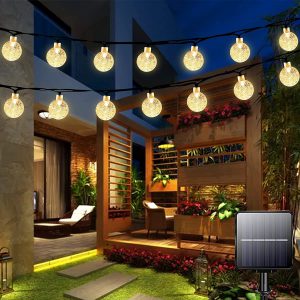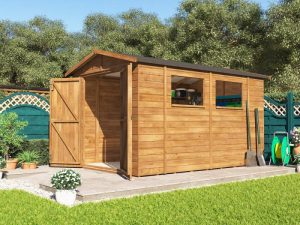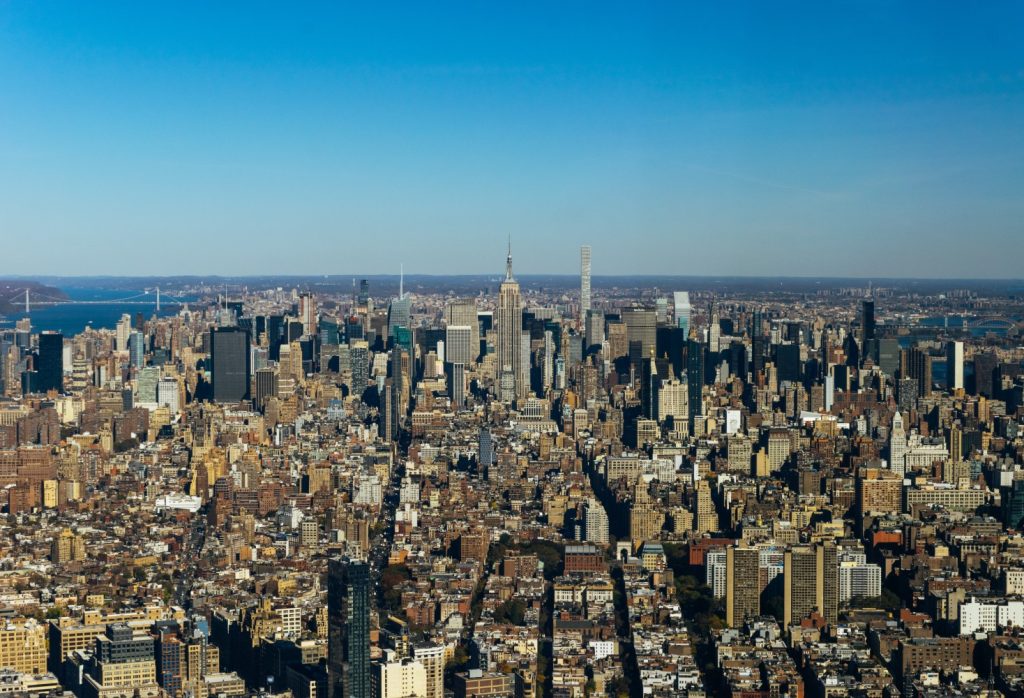If you’re on the hunt for a new home, there’s a ton of factors you’ll naturally be considering but one that many people leave out is which way the garden is facing (and the importance of it!). In this guide we’ll be going through whether you should opt for an east-facing garden, what the pros and cons are of one, and how to find out if your garden is one!
What Is An East-Facing Garden?
It’s exactly what it sounds like – a garden that faces the east. So, when the sun rises in the morning, the garden is engulfed by the glorious sun until midday and then when the sun sets in the west, the garden sits in the shield until the evening.
Depending on the location of the property, east-facing gardens generally soak up a lot of sun during the day which is a huge plus point for anyone who loves to make use of the great outdoors.
Of course, there are some factors that can limit the sunshine exposure like tall buildings surrounding the property or any construction work that’s underway.
Pros of Having an East-Facing Garden
1. Ideal for Families and Young Children
East facing gardens prove ideal for families with young children who love to play outside in those Spring/Summer months. They can reap all the benefits of the sunshine during the morning, and then be shielded from the sun at the hottest points of the day.
This way, kids can enjoy and make use of their garden and parents won’t have to worry about sunburn or heat exhaustion.
2. More Benefits than a South-Facing Garden
South-facing gardens mean the sunlight is zero-ing in on the bottom of the house which increases the risk of sun damage to curtains and pieces of furniture. South-facing gardens also enhance the impact of droughts and low water supplies. This has an adverse effect on any plants, flowers and crops that may be trying to grow.
On the other hand, east-facing gardens allow for sunlight to be more evenly administered so the risks are reduced and plants are far more likely to flourish.
3. You can easily maintain the garden in dry seasons
During the drier seasons, homeowners are working hard to preserve their water, including sticking to a hose ban, but this won’t be a main concern for anyone with an east-facing garden.This is because the fair distribution of sun reduces the impact of harsh sun rays and, as a result, there’s less evaporation or water loss to worry about.
This means our precious plants can withstand any season the garden chooses to bring!
4. Have a cooler temperature during Summer
Even in the gloomy UK, we’re not strangers to uncomfortable heat on those melting hot summer days! And with the AC sometimes offering little to no relief, east-facing gardens have the advantage of less sun exposure.
You’ll find that rooms are much cooler in such houses which is a massive plus point when we experience soaring temperatures.
5. Mould won’t be a Big Issue
Gardens that experience too much shade and moisture can be badly affected by mould through water damage. However, because east-facing gardens receive more balanced amounts of sunlight throughout the course of the day, they’re less likely to breed mould/
Disadvantages of East-Facing Gardens
1. Cooler Afternoons/Evenings
Although this can also be a plus point after a bright and sunny morning, some people may prefer to bask in the sun a little later in the day which is harder to do with east-facing gardens. If you’re a late sleeper on the weekends or prefer to socialise outdoors in the evenings, you may not be too happy with the fact that the sun goes over to the front by midday!
2. Less Desirable on the Property Market
With the sun only making its appearance in the mornings and not so much in the late afternoons and evenings, east-facing gardens are often less desirable to home buyers and it can have an adverse effect on the property’s value. South-facing gardens are the most preferred because they ensure plenty of sun all throughout the day.
3. Not 100% Suitable for Growing Plants
While it’s easy to maintain your garden because of the distribution of sun and shade, not all plants will flourish in the mostly-shaded afternoons and evenings.However, there are alternatives you can look at such as greenhouses and polytunnels.
4. Darker, Colder Rooms
We spoke about one of the benefits of an east-facing garden is that rooms are much cooler throughout the day in the summertime, however this can also be a big downfall in these autumn/winter months. People with east-facing gardens will need to rely on warming the home up themselves and turning the heating up a notch in these colder seasons – which also comes with a high price tag at the moment!
How Can an East-Facing Garden Be Utilised?
We’ve gone through all the benefits and drawbacks of having an east-facing garden but what exactly can you do with one? Let’s take a look at a few ideas…
Invest in Garden Lighting
The morning sunlight is great but east-facing gardens do experience much darker afternoons as a result. The most effective (and flattering!) way to combat this would be to invest in good outside lighting to create the perfect ambience.

Place a Shed in the Shade
There’s a ton of ways you can make use of the partial shade and one way is to plant a shed in this area. Direct sunlight can damage the exterior of the building hence why shady areas are much more suitable.

Summary – So, Should You Buy a House with an East-Facing Garden?
Now we reach the big question – is it with purchasing a property with an east-facing garden? In short, it really depends on how and when you like to enjoy your garden. If you’re an early-riser who likes to bask in the glorious sun in the mornings and get all your maintenance tasks done first thing, then an east-facing garden is perfect for you.
However, if you prefer to get outdoors in the afternoon until the late evening, or you’re someone who hosts a lot of outside dinner parties, it may not be ideal for you. You’ll want to look at south-facing gardens to experience a warm sun all throughout the day!







